DIY Credit Repair – Learn How You Can Improve Your Credit Score
Applying for a mortgage loan or a new credit card comes with one major potential issue – a low credit score. You might not even know that your score has dropped due to specific actions like a change in your credit utilization ratio or having too many new credit report inquiries.
Luckily, there are several things you can do on your own for successful credit repair and to improve your score. We made sure to bring you the complete DIY credit repair guide so you can start repairing credit without the need of hiring a financial counselor!
Reaching a Desirable Credit Score Level
The idea of a good credit score varies from one financial institution to another and the type of loan or credit card you are applying for. Some lenders will allow you to qualify for a loan even with bad credit.

Others, like mortgage lenders, will make a thorough financial assessment before they even consider you for loan approval. So, the first thing to do is to know your optimal FICO score level.
Depending on the reports of the three major credit bureaus, a desirable FICO score is somewhere between 700 and 800.
Some lenders and card companies are more lenient and will still give you credit with a score lower than that, so don’t fear if you’re currently under that mark!
A credit score above 800 can be considered exceptional and we’ll try to help you achieve a higher credit score for yourself.
Getting Your Credit Scores For An Overview
With a DIY credit repair, what better way to start than by claiming your own report for an overview? This way, you will get insight into the items on the report that affected your credit score to drop in the first place.
There are several ways you can do this and the first method would be to consult your credit card issuer. You can do it with most issuers, including Bank of America or American Express.
They will be happy to provide you with a copy of your FICO score, and sometimes VantageScore depending on the issuer. For the most part, lenders are focused on FICO ratings when reviewing your creditworthiness, so this is the type of report to aim for.
On the other hand, you can also inquire with the three major credit bureaus. Whether it’s Experian, TransUnion, or Equifax, you can get their free credit report once per year.
Usually each place will even let you see your credit scores as updated monthly if you join some sort of free membership they offer.
They might use slightly different credit scoring models, but the overall impression is the same. So, use this option to observe all the items of your credit report and to build it up with the proper steps in mind.
Credit Report Items That Affect Your Score
Once you get a hold of your yearly free credit report, you can observe the items listed in the report without the need of a financial expert. These are the crucial factors to observe that you’ll try to work on to raise your rating:
- Credit history length
- Credit card debt
- Managing timely payments for utility bills and monthly loan repayments
- Credit utilization
- Types of loans in your report (student loan, title loan, installment loan, etc.)
- Missed obligations and late payments
Conducting a DIY credit repair based on these aspects might require you to deal with each one of them separately. On the other hand, your credit scores might have dropped due to too many loan applications made in a short period.
Regardless of the reasons, you can get a clear picture of what you need to change from credit reports. The next step is taking things seriously and using the information from credit bureaus to gradually improve your score.
Step By Step Guide On DIY Credit Repair Process
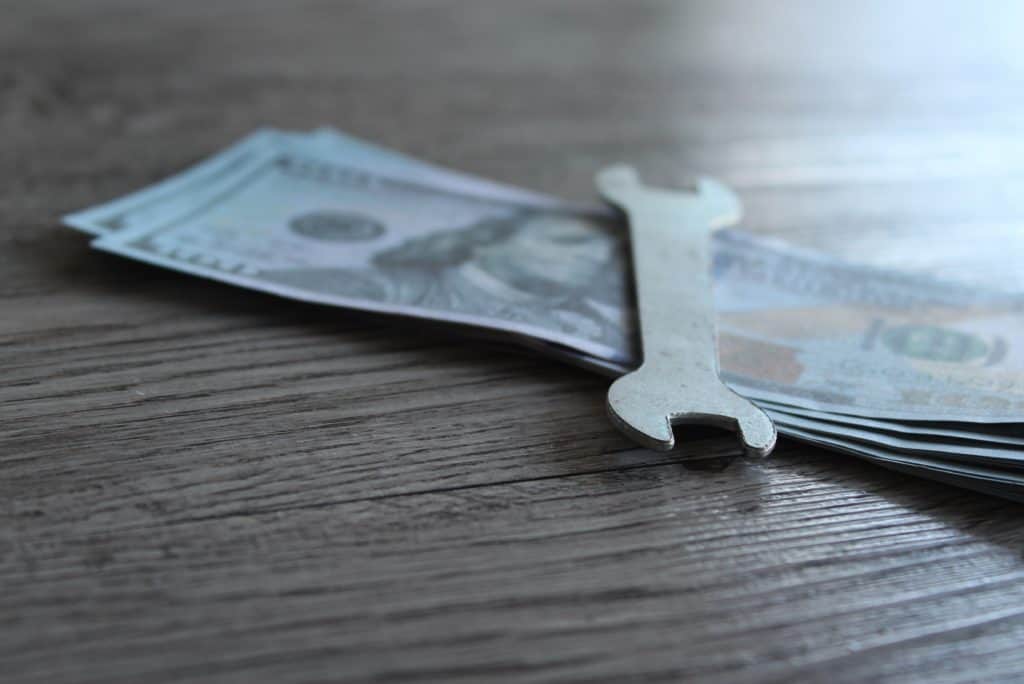
Now that you know how FICO ratings affect nearly 90% of the lenders’ decision to grant you a loan or credit, it’s time we get into the DIY improvements. While it’s only the first step in obtaining a free credit report from the three credit bureaus, here are some of the follow-ups you can apply:
- Check for any suspicious records
- Rely on credit monitoring for future checks
- Re-negotiate loan terms and pay off current debts
- Use only up to 30% of all credit card balances
- Get a credit builder loan
- Consider debt consolidation loans
- Make a monthly payment schedule
Each of these steps deserves special attention in the credit repair process, so we’ll consider them all individually.
Step 1 – Check Your Credit Reports

Once you get your annual free report from any of the three credit bureaus, you can search them thoroughly for any suspicious inputs or items you are unfamiliar with. You can also do this without the help of a financial counselor.
All you have to do is carefully scan through the credit reports looking for items like hard pulls you weren’t aware of, repossessions, or collections. Credit reporting agencies are obligated to let you know every time a certain entity tries to do a hard check on your credit history.
Because of this, you can dispute all the hard pulls that you weren’t informed about. As for the repossessions, these items can stay on your credit reports even after the debt has been settled. This is due to any leftover debt amount that still leaves a mark on your history even after the collateral was used to settle a portion of the debt.
Finally, collections can stay on your credit report for 7 years, so it’s crucial that you consult the collection agencies about the debt collection date that shows on your report to confirm it’s legit.
Goodwill Letters To Dispute Negative Information
This is one option that’s worth trying when it comes to disputing negative information. A goodwill letter can help you remove the item in case you can state a good reason why an item should be removed.
While most of these letters are formed in terms of a template with lawyer consultation, you can find some free templates on lending sites online. For instance, if a hard inquiry was pulled without you knowing about it, you will have a fair chance of disputing that inquiry with a goodwill letter.
Sometimes even past due payments can be removed from your credit reports if you have a solid reason why you missed the payment.
Step 2 – Rely On Credit Monitoring Services
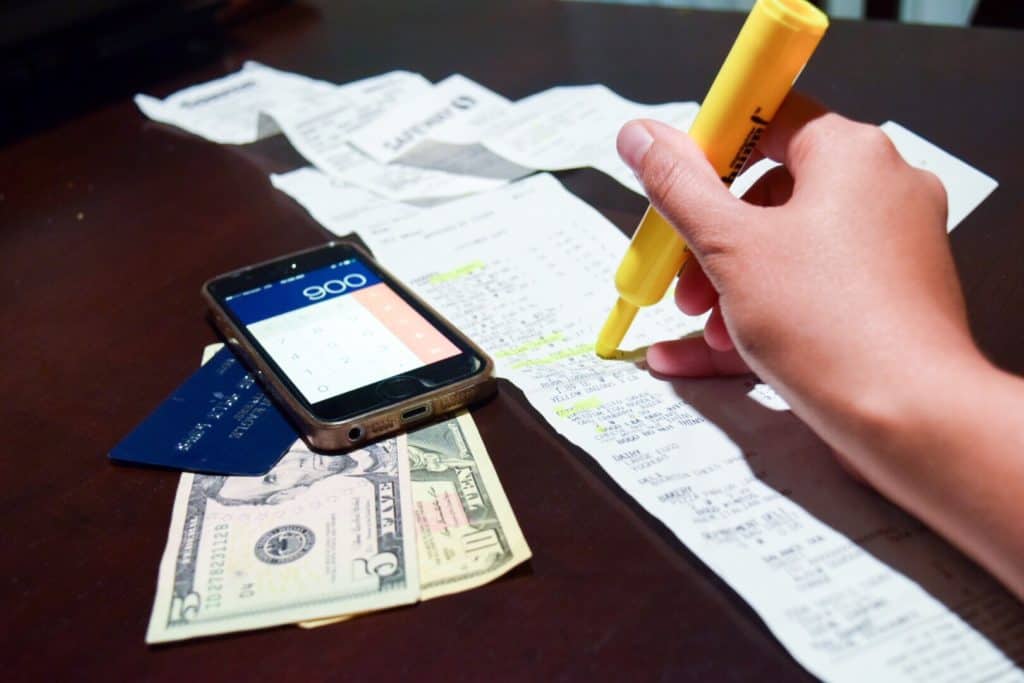
A simple way you can eliminate the chance of suspicious negative information in your credit reports is to inquire with credit card issuers about credit monitoring. It’s not exactly a method you can use to repair bad credit right now, but it will surely help for future checks.
The credit monitoring services will inform you about any new loan inquiries or credit card changes. Not only will it help with keeping negative items out of your credit reports, but it will also serve as a defense mechanism in case of identity theft.
As an authorized user, you can rely on the Fair Credit Reporting Act and your right to use monitoring to prevent identity theft and further damage done to your score.
Step 3 – Re-Negotiate Loan Repayment Terms
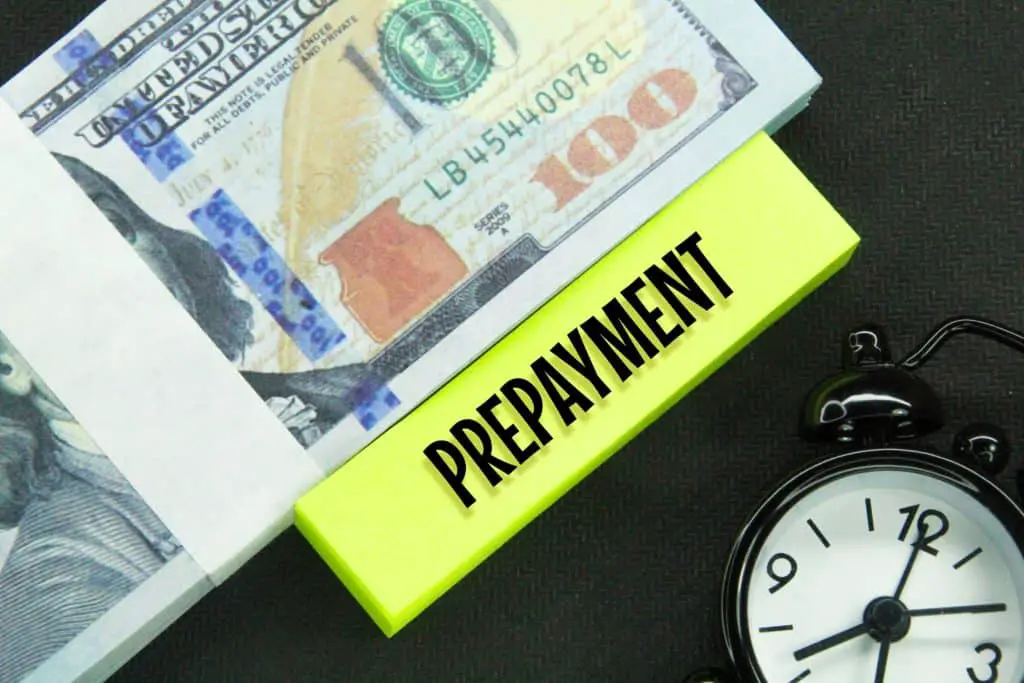
While it might be easier to do this with a personal loan, you can also re-negotiate the terms of other types of loans. Sometimes, lenders will be happy to discuss different repayment terms from the ones agreed upon at first if you have persuasive reasoning.
Because of this, it’s possible to manage on-time payments more promptly and therefore easily improve your credit score. You should also maintain frequent timely payments from this point on since just one missed payment can leave a trace on your credit history for up to 7 years.
Step 4 – Use Only Up To 30% Of Credit Card Balances

Keeping your credit card balances low in terms of utilization can drastically affect your credit score. In fact, the credit utilization ratio affects up to 35% of your overall credit score, and you should plan your monthly budget based on this.
For proper credit repair, you should maintain your credit card utilization below 30% as to not risk hurting your credit score improvement. Hypothetically, if you have an overall credit limit of $1500 on all of your cards, you should use just $500. One thing you can do to boost both your credit utilization and the amount of cash you can get at your disposal is to raise your credit limit.
With a higher credit limit on your credit card, you can still maintain an acceptable utilization level while increasing your monthly budget.
Step 5 – Get A Credit Builder Loan

One of the ways of doing credit repair on your own is with the help of a credit-building loan. It’s a way of using a secured credit card to boost your credit score by making timely payments and ultimately getting your own cash returned.
The secured credit card includes boosting your payment history monthly with every new installment. You’ll be almost acting as both the creditor and the borrower in this case.
The whole purpose of getting a secured credit card is not to raise your credit limit but to build up your credit score with monthly payments that suit your budget. It doesn’t have to be with high credit card balances.
Once your payment cycle finishes, you can redeem your funds and get your credit score boost at the same time.
Step 6 – Consider Debt Consolidation Loans
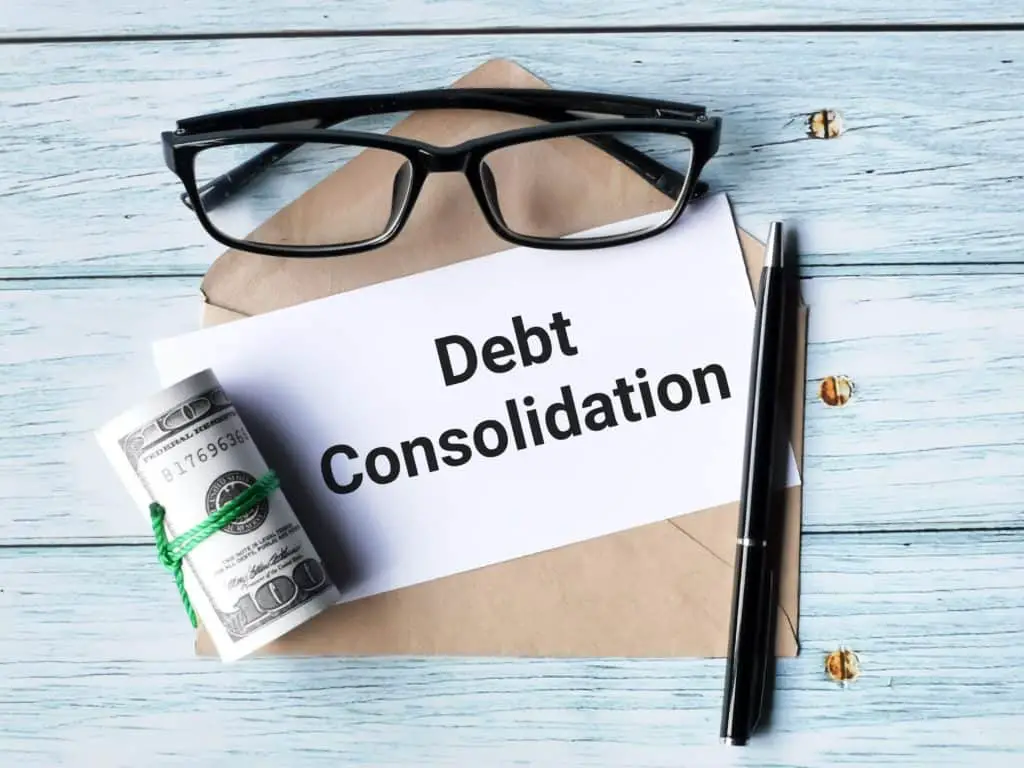
Whether you still have a student loan, installment loans, or title loans in a credit mix, you can use a single loan to consolidate debt. The debt consolidation loans usually require a FICO score of around 650.
This is important if you want to boost your credit score by getting a single monthly payment with a convenient interest rate instead of having multiple payments.
However, a lower credit score than the proposed one could result in higher interest rates for this type of loan.
Debt consolidation loans can help in your credit repair mission and affect your credit history by timely payments made to boost the rating, and you can negotiate the terms and due dates.
Step 7 – Make A Monthly Payment Schedule
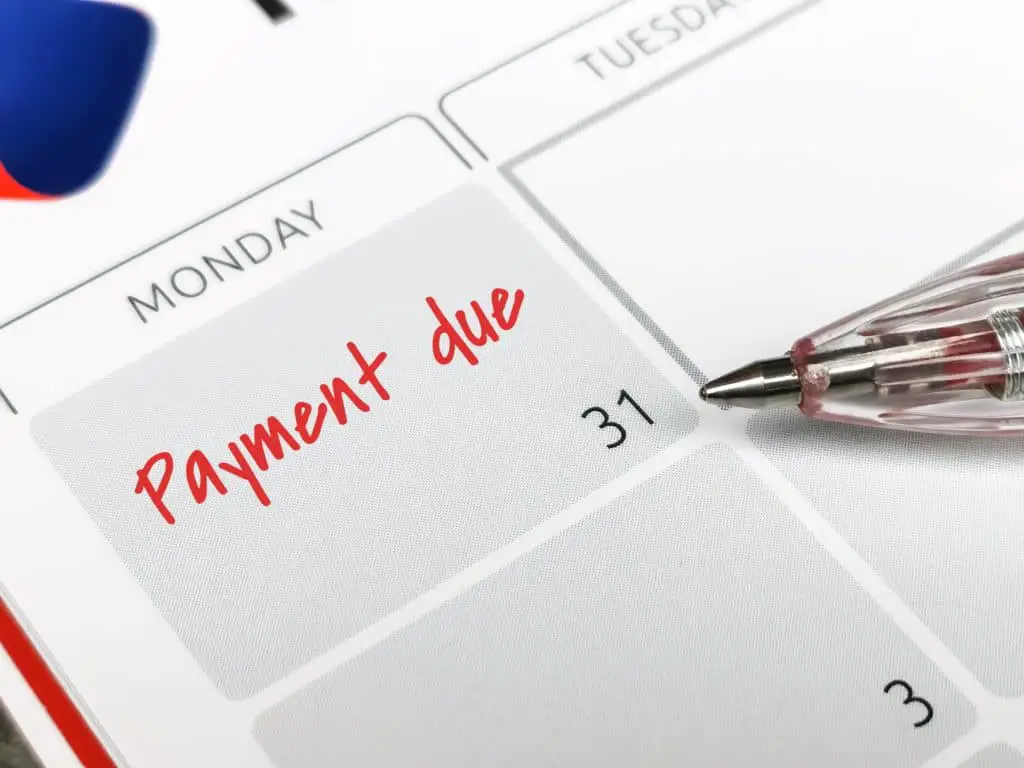
One of the best DIY advice for repairing bad credit is to make a monthly payment schedule. You can first boost your credit score with a consolidation loan or a secured credit card, and keep making timely payments by organizing your budget.
After some time, your credit history will only include payments made on time which signifies to the lenders how capable you are of paying back the loans. You can organize both monthly payments and the utilization of revolving credit for a full credit repair.
By using the one free credit report you are entitled to from each bureau, and consolidating your debts, it’s possible to make a long-term financial plan for even greater credit score improvement.
Final Thoughts
Ultimately, DIY credit repair requires using nearly all of the mentioned steps to ensure a long-term positive payment history. It’s possible to gradually improve your rating by taking one step at a time and getting a report from any credit bureau can help get you started.
In the rest of your mission, use the steps from our guide to convert your less-than-ideal credit into a FICO rating that no lender will want to refuse.
Frequently Asked Questions (FAQ):
What’s the best way of improving your credit score on your own?
Some of the best ways of improving your credit score include using a secured credit card to rebuild your score, relying on debt consolidation loans, and getting higher credit card limits so your utilization ratio remains under 30%.
What’s the acceptable credit score level when applying for new loans?
Overall, any FICO score above 670 should be sufficient for most loan types. while having a score over 700 with a few of our tips can grant you most kinds of loan approvals.
How much time does it take for negative marks on your credit report to disappear?
Most missed payments and similar negative info is erased after 7 years from your credit report. On the other hand, hard pulls remain on your report for 2 years.
What’s the best way to start a DIY credit repair?
Before you start using any of the tactics mentioned, you should get one free credit report that you are annually entitled to with each credit bureau.


